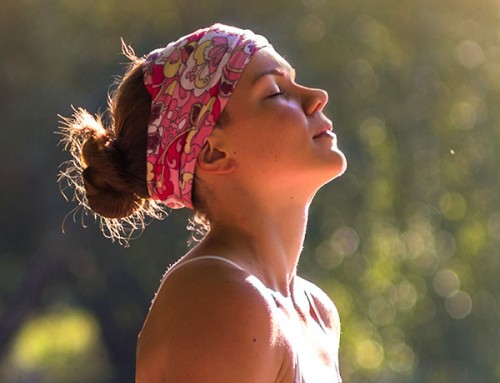These are the acupressure points for paralysis of the foot. Working on these points can help you get better faster. You do not have to use all of these points. Using just one or two of them whenever you have a free hand can be effective.
Acupressure Point GV20 — Bai Hui
Chinese Name: 百會
Location: center of the top of the head where the line connecting the high points of your ears crosses the body midline until you feel a slight dip.
Benefits: headache on the top of the head, dizziness, insomnia, poor memory, hot flashes, epilepsy, mental disorders, good for memory and concentration, ringing in the ears, blurred vision, nasal obstruction, low energy, prolapse of the rectum.
Acupressure Point GV26 — Ren Zhong
Chinese Name: 人中
Location: below the nose, a little above the midpoint of the philtrum. in the hollow between the upper lip and the nose.
Benefits: revival point from cardiac and respiratory arrest, mental disorders, epilepsy, convulsions, coma, facial paralysis, swelling of the face, low vitality, lockjaw, diabetes, fainting spells, chest pains, heart attacks, heat stroke, middle and lower back aches, spasms of the lower back, face lift point.
Acupressure Point K7 — Fu Liu
Chinese Name: 複溜
Location: 3 finger width directly above kidney 3, on the anterior border of the tendo-calcaneus.
Benefits: improves yang energy in older people. Low backache, low energy, abdominal pain, distention, edema, swelling of the legs, weakness of the foot, paralysis of the foot, night sweating, spontaneous sweating, muscular atrophy, connective tissue disorders, myelitis, multiple sclerosis, hemorrhoids.
Acupressure Point ST41 — Jie Xi
Chinese Name: 解溪
Location: at the junction of the dorsum of foot and the leg, between the tendons of extensor digitorum longus and halluces longus, approximately at the level of the tip of the external malleolus.
Benefits: edema of the head, edema of the face, dizziness, vertigo, abdominal distention, constipation, clinical depression, rheumatism, ringing in the ear, headaches.
Acupressure Point K3 — Tai Xi
Chinese Name: 太溪
Location: in the depression between the medial malleolus and tendo-calcaneus, level withe tip of the medial malleolus.
Benefits: balancing point, sore throat, toothache, deafness, hemoptysis, asthma, insomnia, impotence, frequency of urination, lower backache, swollen gums, palpitations, fear, emotions, anxiety attacks, vomiting, cold sores. “ever young point” to remove the age lines, to reduce the sensation of excessive heat or cold, side effects of radiation and chemotherapy.
Acupressure Point UB60 — Kun Lun
Chinese Name: 昆侖
Location: in the depression between the external malleolus and tendo calcaneus.
Benefits: lower back pain, sciatica, radiculitis, numbness, headache, neck rigidity, blurred vision, backache, pain in the heel, epilepsy, fever, nosebleed.
Acupressure Point LV3 — Tai Chong
Chinese Name: 太沖
Location: in the depression distal to the junction of the 1st and 2nd metatarsal bones.
Benefits: balancing point, low energy, hypertension, uterine bleeding, PMS, retention of urine, abdominal distention, fever, diarrhea, headache, chemical toxicity, anger, epilepsy, bleeding from the stomach, bleeding from the eyes, mouth, mucus membrane, stroke, infantile convulsion, poor circulation.
It is important to drink plenty of warm water after the massage, to help clear away toxic substances in our body.
Caution: You should consult with a healthcare professional before practicing Acupressure or starting any diet, exercise, Chinese herbs or other supplementation programs.


